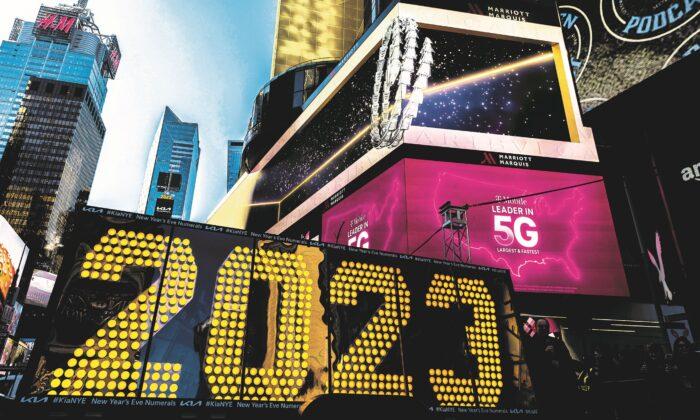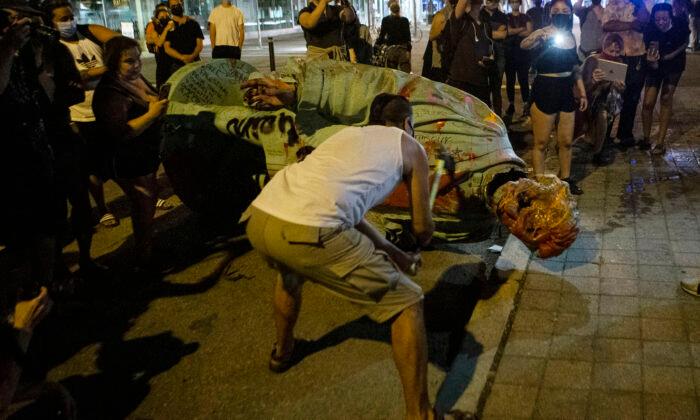[xtypo_dropcap]A[/xtypo_dropcap]s photos of the gang rape of a B.C. teenager continue circulating on the Web despite pleas from police, a psychologist says young people are lacking empathy because of exposure to a barrage of sexual and violent imagery at an increasingly young age.
That the photos of the rape were posted on Facebook and subsequently went viral on the Internet are testament to the fact that young people’s perceptions have become skewed, says Dr. Oren Amitay, a Toronto-based psychologist and university lecturer.
“Today, children are being exposed to these kinds of imagery from a very young age, before they have the mental capacity to discern fact from fiction,” he says.
“It’s not like they’re watching cartoons—they’re watching real people on YouTube or some other video channel having horrible things happen to them. It doesn’t have to be necessarily sex; it can be violence, it can be cruel pranks. But by seeing it at that young age, to them it becomes normalized and they just learn to watch it as entertainment versus thinking about what it must be like to be the recipient of what’s going on.”
At a press conference last Thursday, police called on teens to stop distributing graphic pictures of the gang rape of the 16-year-old girl, which took place in a field near a house in the Vancouver suburb of Pitt Meadows on Sept. 10 during a rave party.
That the photos of the rape were posted on Facebook and subsequently went viral on the Internet are testament to the fact that young people’s perceptions have become skewed, says Dr. Oren Amitay, a Toronto-based psychologist and university lecturer.
“Today, children are being exposed to these kinds of imagery from a very young age, before they have the mental capacity to discern fact from fiction,” he says.
“It’s not like they’re watching cartoons—they’re watching real people on YouTube or some other video channel having horrible things happen to them. It doesn’t have to be necessarily sex; it can be violence, it can be cruel pranks. But by seeing it at that young age, to them it becomes normalized and they just learn to watch it as entertainment versus thinking about what it must be like to be the recipient of what’s going on.”
At a press conference last Thursday, police called on teens to stop distributing graphic pictures of the gang rape of the 16-year-old girl, which took place in a field near a house in the Vancouver suburb of Pitt Meadows on Sept. 10 during a rave party.
RCMP Sgt. Peter Thiessen told reporters that the girl may have been drugged with GHB, a date-rape drug whose street names include Grievous Bodily Harm and Liquid Ecstasy. He said as many as a dozen people may have watched the attack, which lasted for 20 minutes.
That those who witnessed the rape failed to try to stop it or call 911 doesn’t surprise Amitay.
“Time and again we’ve seen that people don’t intervene in such cases,” he says. “They don’t want to be the one to stand out. They don’t want to risk having the attack on them.”
A new and disturbing phenomenon in recent years, he notes, is the video recording of such incidents—often in the pursuit of fame with the aim of being the next “YouTube wonder.”
“That’s just disturbing and it’s really showing our norms. And it’s not just one kid. Many kids would do the same thing, because we see this all the time.”
[xtypo_dropcap]S[/xtypo_dropcap]gt. Thiessen said circulating the images was on a par with distributing child pornography and that those involved could face criminal charges—something Amitay says will act as a deterrent, but may be misunderstood.
“The ones who are distributing it, they’re just going to think they’re getting a rough ride, they’re going to think it’s not fair, because to them it’s just distributing, it’s just like file-sharing. They don’t see them as real people; they see them as an image in the frame of their camera or their phone—not as a real person being traumatized or attacked or whatever else.”
On Wednesday, a 16-year-old boy appeared in court in connection with the alleged rape. He is accused of taking photos of the sex act and distributing them on networking sites. An 18 year old was also questioned and released by police in connection with the sexual assault.
Police are still gathering evidence, but have said that they are encountering a wall of silence among those who attended the rave party.
In a statement read by Thiessen, the girl’s family said spreading the photos “continues to re-victimize our daughter every day. She has no privacy. This is a wound which is being continuously opened.”
The girl is back in school and is “trying to get some normalcy back in her life” after the incident, the statement said. “There are a lot of kids out there supporting her, and that’s making a big difference.”
In online discussions however, some teens have blamed the girl, or said she is lying. Amitay says this is known as the “just-world” theory, engaged in by people—not just youth—who seek to protect themselves from anxiety by blaming the victim.
“In this case, the students want to say, ‘Well, she was a slut, she got drunk. It wasn’t gang rape it was group sex. Now she regrets it so she’s just getting revenge on them.’ It makes people feel much more comfortable, because they can tell themselves, ‘I’m not like that, so this will never happen to me, only the victim.’”
Amitay, who conducts parenting capacity assessments for the Children’s Aid Society, says parents need to be more vigilant in monitoring what their children watch and limiting the information they’re exposed to.
“The technology is allowing this to happen, but we can’t blame the technology. We have to realize that if the parents are doing their job filtering the information coming through to their children, then most children shouldn’t engage in this type of behaviour.
“The Internet is just a tool to do it through. The parents are the ones that should be helping the children and modeling for them pro-social behaviour. We can never forget that.”




